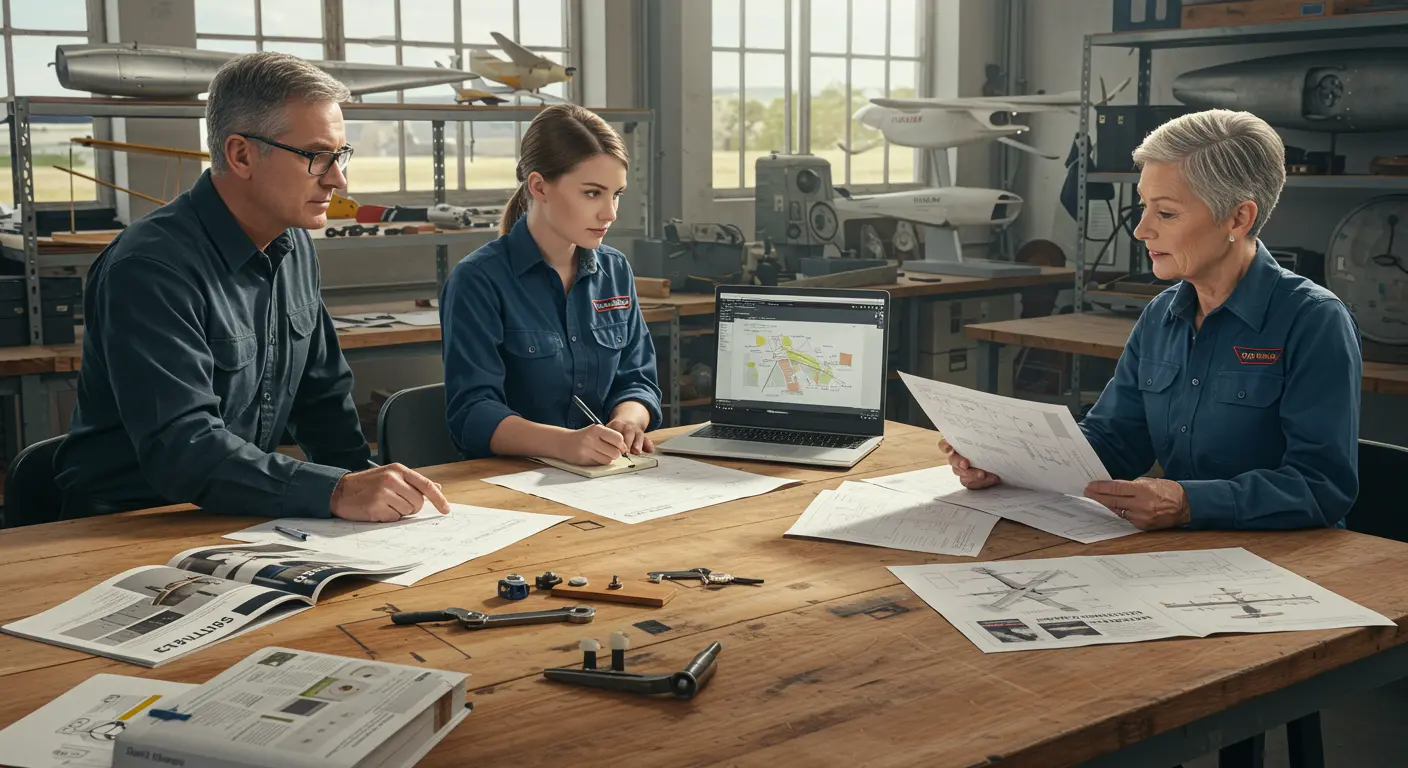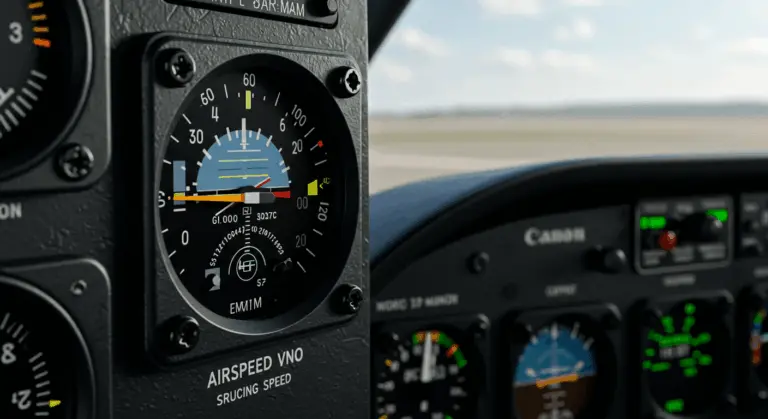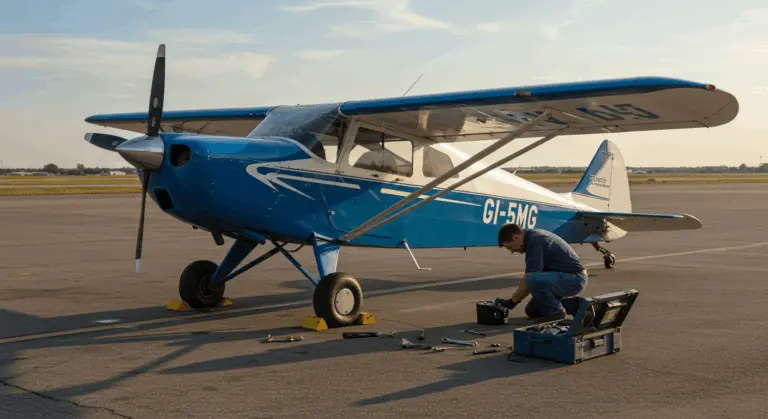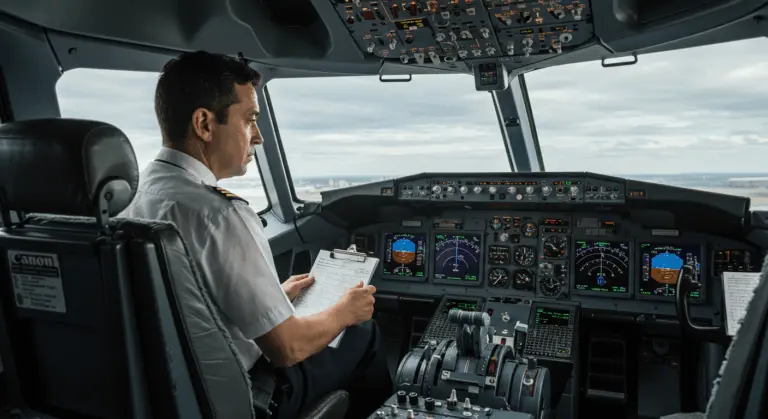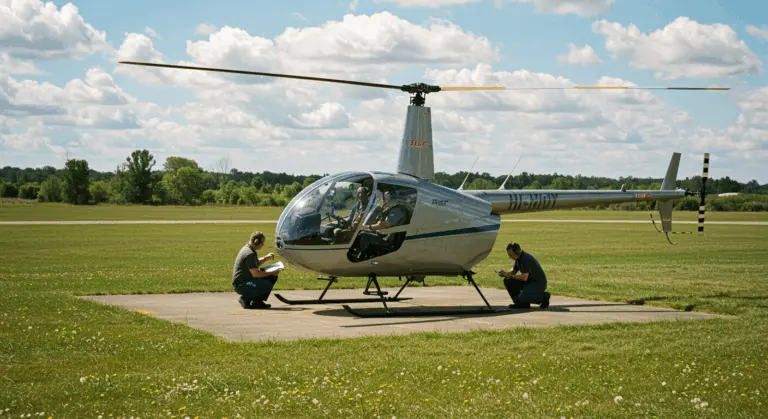Understanding MOSAIC Aviation Regulations – A Comprehensive Guide
What is MOSAIC? Overview of the Proposed Regulations
MOSAIC (Modernization of Special Airworthiness Certification) represents one of general aviation’s most significant regulatory changes in decades. This comprehensive initiative focuses on aircraft bearing special airworthiness certificates, introducing performance-based standards that will transform the light sport aircraft landscape. Crucially, MOSAIC leaves standard airworthiness certificate aircraft—those familiar Cessna’s, Pipers, Cirrus models, Diamonds, and other mainstream manufacturers—entirely untouched.
At its essence, MOSAIC aims to modernize regulations frozen in time since 2004’s Light Sport Aircraft (LSA) category debut. The proposed overhaul reflects the FAA’s recognition that: aviation technology has sprinted ahead while regulatory frameworks crawled. This approach promotes innovation without compromising the safety bedrock of general aviation.
These proposed regulations represent a fundamental change in FAA certification approach for light aircraft. Gone are the days of rigid weight and speed constraints. In their place? A nuanced approach that evaluates actual aircraft performance and real-world capabilities. This change could enable many new aircraft designs and configurations, ultimately expanding pilot choices while reducing traditional barriers to aviation entry.
Key Features of the MOSAIC Regulations
-
Performance-Based Certification: The 1,320-pound weight limit is replaced by a performance-based standard based on stall speed (up to 54 knots), potentially allowing aircraft weights to approach 3,000 pounds.
-
Increased Speed Limits: The maximum speed is raised from 120 knots to 250 knots calibrated airspeed, enabling more efficient cross-country travel.
-
Advanced Technology Permitted: Restrictions on controllable-pitch propellers, retractable landing gear, and sophisticated avionics are eliminated.
-
Expanded Propulsion Options: The single-engine rule is removed, allowing for multiple power plants and new technologies like electric propulsion.
-
Increased Seating Capacity: Aircraft can now have up to four seats, increasing their utility for training and personal travel.
-
Expanded Sport Pilot Privileges: With appropriate training, sport pilots will be able to fly at night and under Instrument Flight Rules (IFR).
Impact of MOSAIC on Light Sport Aircraft (LSA)
MOSAIC’s influence on Light Sport Aircraft will be transformative—many in the industry call it ‘LSA 2.0.’ This evolution from rigid prescriptive rules to flexible performance-based standards will create a new generation of highly capable and versatile aircraft. The category’s utility? Fundamentally transformed.
MOSAIC and Pilot Certification Changes
MOSAIC significantly changes the pilot certification landscape first established in 2004 with the Sport Pilot certificate’s introduction. These changes modernize training requirements while dramatically expanding sport pilot privileges. The goal is making recreational aviation accessible and practical for an entirely new demographic of aviation enthusiasts.
-
Expanded Training Aircraft: Training can be conducted in more common and capable aircraft, including four-seat models like the Cessna 172, potentially lowering costs and increasing availability.
-
Streamlined Medical Certification: Pilots may be able to operate under Basic Med, aligning with broader FAA efforts to simplify medical requirements.
-
Increased Operational Privileges: With additional training, sport pilots will gain the ability to fly at night and under Instrument Flight Rules (IFR), significantly increasing the certificate’s utility.
By reducing entry barriers, lowering costs, and expanding privileges, MOSAIC could revitalize recreational aviation. It could bring new people into the pilot community. These certification reforms, paired with expanded aircraft options, transform sport flying into an attractive proposition for individuals previously discouraged by current limitations and the hefty price tag of private pilot certification.
Timeline for MOSAIC Implementation
MOSAIC’s final rule is expected for mid-to-late 2025 release, with August emerging as the probable target date. This will complete a multi-year regulatory marathon.
Following the publication of the final rule in the Federal Register, there will be a standard waiting period of approximately 30 to 60 days before the new regulations officially take effect. This period allows affected parties to prepare for the new requirements.
This timeline reflects the FAA’s commitment to thoroughly digest extensive public feedback on this intricate proposal. The goal is creating a final rule that’s both effective and free from unintended regulatory pitfalls.
The looming 2024 U.S. presidential election introduces additional uncertainty, potentially affecting government resources and priorities during the rulemaking’s final stretch. Regulatory initiatives often face timing challenges around major political transitions—MOSAIC may not be immune. Yet the aviation community maintains cautious optimism that implementation will stay on track, delivering these long-awaited changes to light sport aviation by late 2025.
Industry Reactions to MOSAIC
MOSAIC’s proposed regulations have generated strong industry support. Major advocacy groups—the Experimental Aircraft Association (EAA) and Aircraft Owners and Pilots Association (AOPA)—strongly support the initiative.
-
Expanded Aircraft Options: Stakeholders welcome the ability for sport pilots to operate more capable aircraft, making recreational flying more practical.
-
Reduced Training Costs: By allowing training in more common aircraft, MOSAIC could lower financial barriers for new pilots, addressing a key challenge in general aviation.
However, industry reaction hasn’t been entirely positive. Some stakeholders have concerns about performance-based standards’ real-world implications—particularly implementation mechanics and enforcement realities. Lingering questions persist: What compliance costs await? Can smaller manufacturers successfully navigate this new regulatory terrain?
Despite these concerns, the industry generally views MOSAIC as a major advancement for general aviation. The combination of enhanced safety protocols, cutting-edge technology integration, and expanded operational flexibility has generated significant enthusiasm for this overdue modernization effort.
Safety and Technological Advances Under MOSAIC
MOSAIC represents a significant change in the FAA’s safety philosophy for light sport aviation. Rather than viewing technology as a threat, the agency now views innovation as enhancing safety. By eliminating antiquated equipment restrictions, these new regulations use modern technology to improve safety for pilots and passengers.
Sophisticated Avionics: Modern glass cockpits and advanced navigation systems in SAS provide better situational awareness while reducing pilot workload—which helps reduce accidents.Advanced Flight Controls: The regulations support technologies like fly-by-wire envelope protection and FADE engine management systems, adding safety redundancy.More Robust Aircraft: Increased weight allowances enable inherently more stable designs that better handle turbulence, crosswinds, and challenging conditions.
By championing performance-based standards over arbitrary restrictions, MOSAIC creates a regulatory environment that encourages continuous safety innovation. This approach recognizes that: aviation safety isn’t achieved through capability limitations but by equipping aircraft and pilots with superior tools and comprehensive training for diverse operating conditions.
Noise Regulations and Environmental Considerations
While environmental issues aren’t MOSAIC’s main focus, the regulations include noise and environmental considerations throughout their framework.
Rather than imposing rigid environmental mandates, MOSAIC’s performance-based philosophy encourages positive environmental outcomes. Consider this: by embracing electric propulsion and aerodynamically refined designs, the regulations naturally encourage quieter, cleaner aircraft development.
The regulation’s technology emphasis has important environmental benefits. More efficient power plants and aerodynamically sophisticated designs reduce fuel consumption and emissions, reducing the environmental impact of light sport aviation. Meanwhile, advanced avionics enable precision flight planning—reducing flight times and fuel burn more precisely.
The final rule promises to unveil more comprehensive details on these environmental standards.

